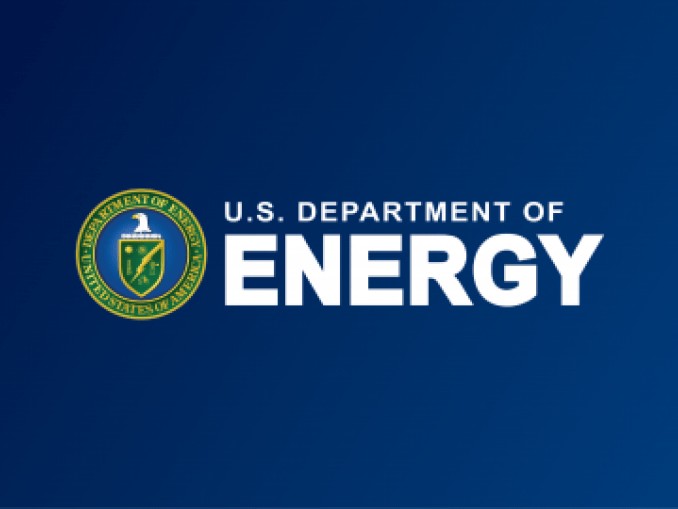Hydrogen is increasingly used in various industries, particularly the glass industry. The U.S. government is investing more to support hydrogen adoption.
The National Renewable Energy Laboratory recently launched the Roll-to-Roll (R2R) Consortium for high-throughput manufacturing of hydrogen technologies. However, producing and using hydrogen are just parts of the hydrogen economy. There’s also a need to store and transport hydrogen efficiently.
DOE’s SHASTA Program
The U.S. Department of Energy (DOE) has funded the Subsurface Hydrogen Assessment, Storage, and Technology Acceleration (SHASTA) project. This three-year study, which started in 2021, aims to explore the viability, safety, and reliability of storing hydrogen in different underground environments. Researchers from four national laboratories participated.
National Laboratories’ Contributions
National Energy Technology Laboratory focused on subsurface reactions, geochemistry, and microbiology of different reservoirs. Pacific Northwest National Laboratory worked on geochemical interactions and reservoir simulations. Lawrence Livermore National Laboratory contributed subsurface flow, biogeochemistry, and economic analysis expertise. Sandia National Laboratories focused on subsurface geology, rock properties, and hydrogen effects on materials.
Initial Results and Future Plans
Preliminary results showed that existing U.S. underground gas storage facilities could store hydrogen–methane blends. In April 2024, researchers shared findings at a program review meeting, showing evidence for using non-salt-based subsurface environments, like depleted oil and gas reservoirs, for hydrogen storage. Due to these successes, DOE’s Office of Fossil Energy and Carbon Management announced extending SHASTA into 2025, potentially further to address more needs.
